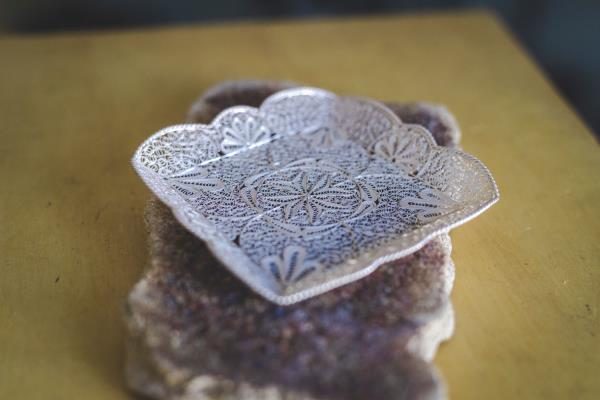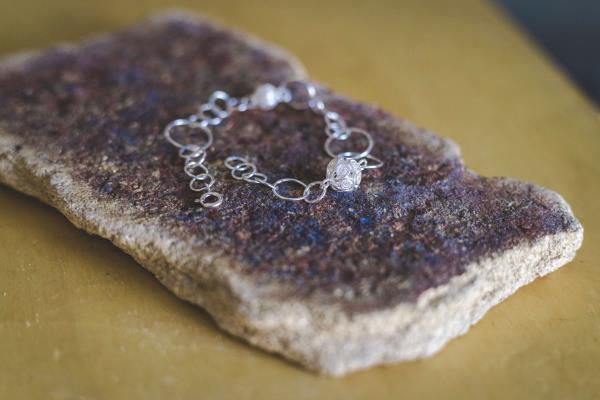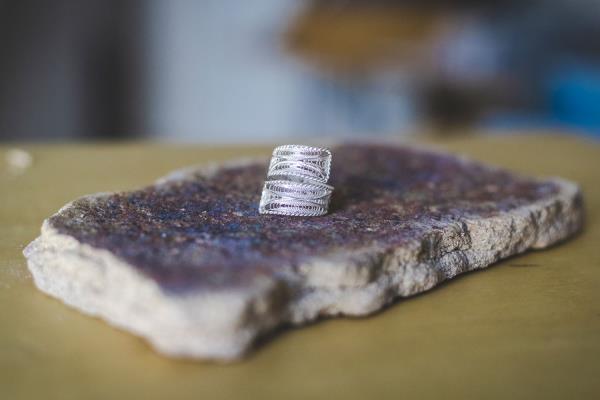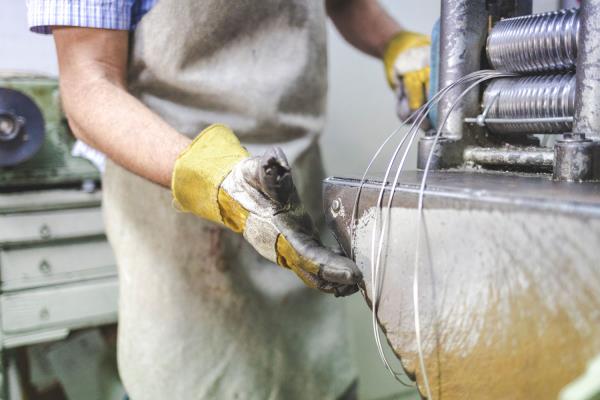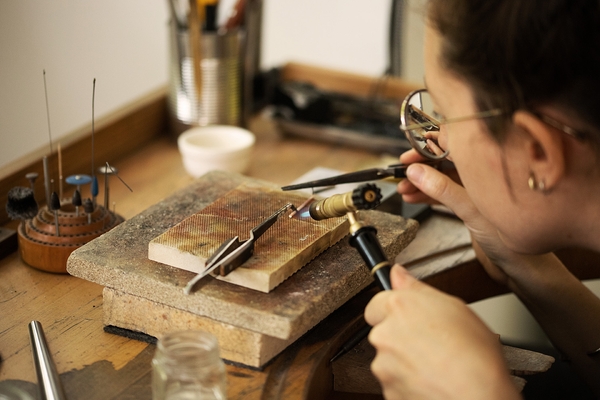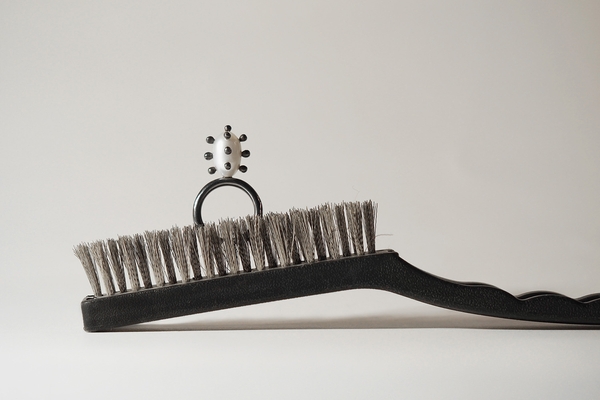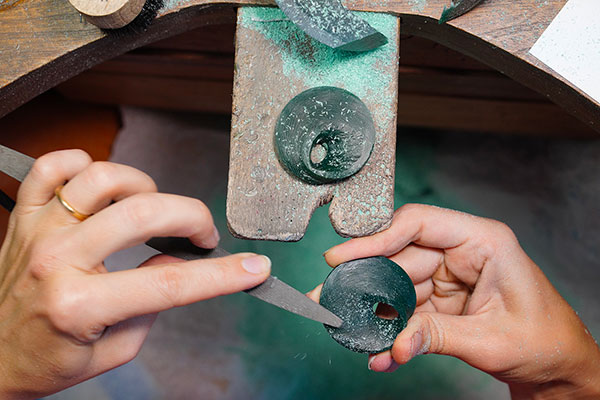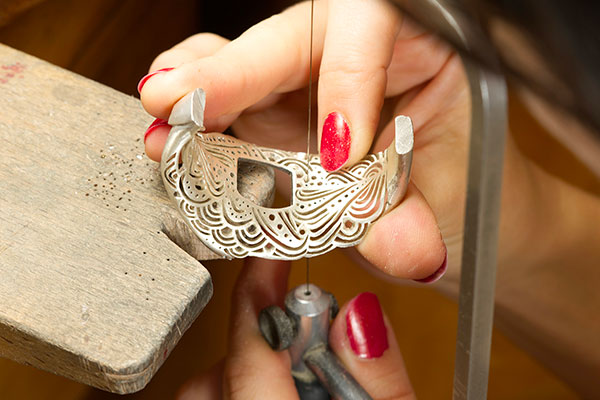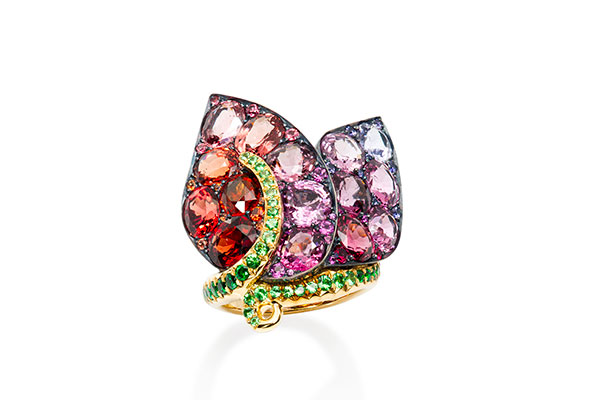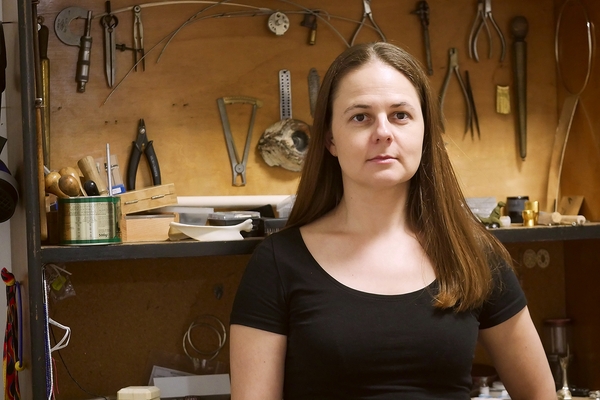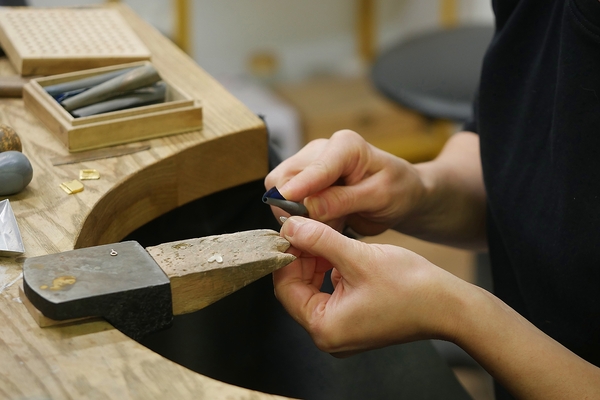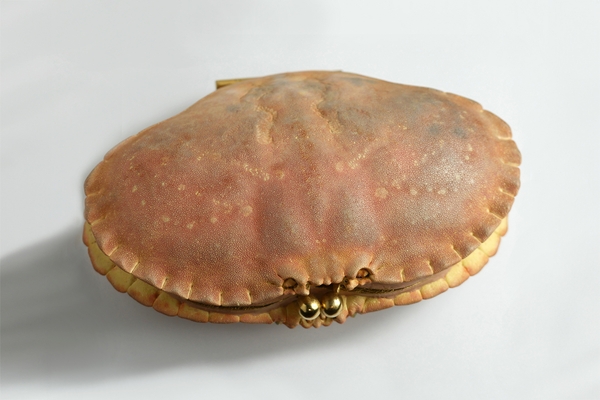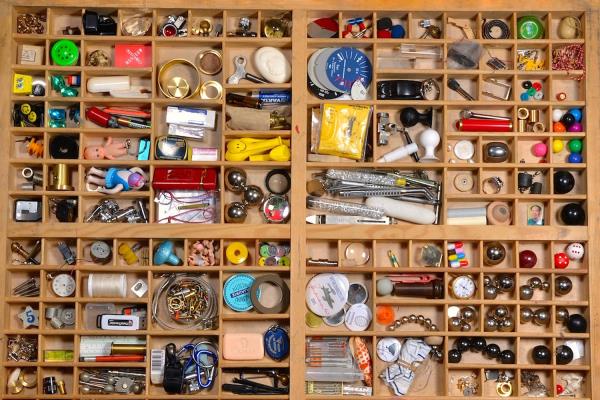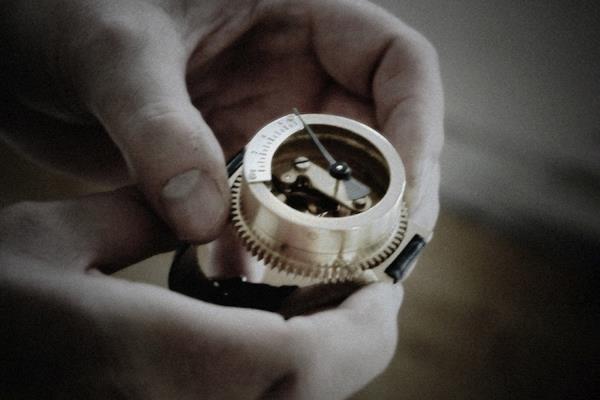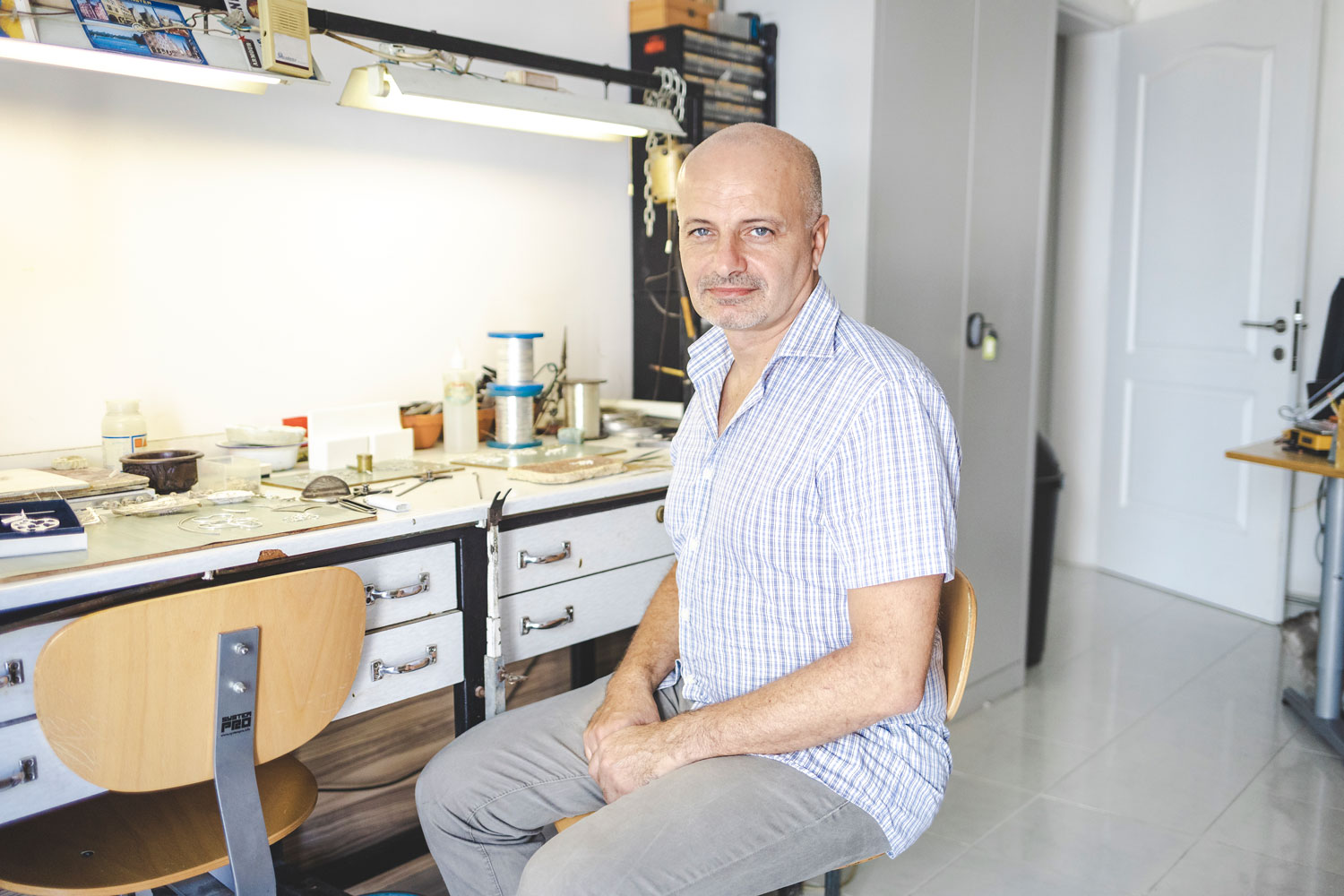
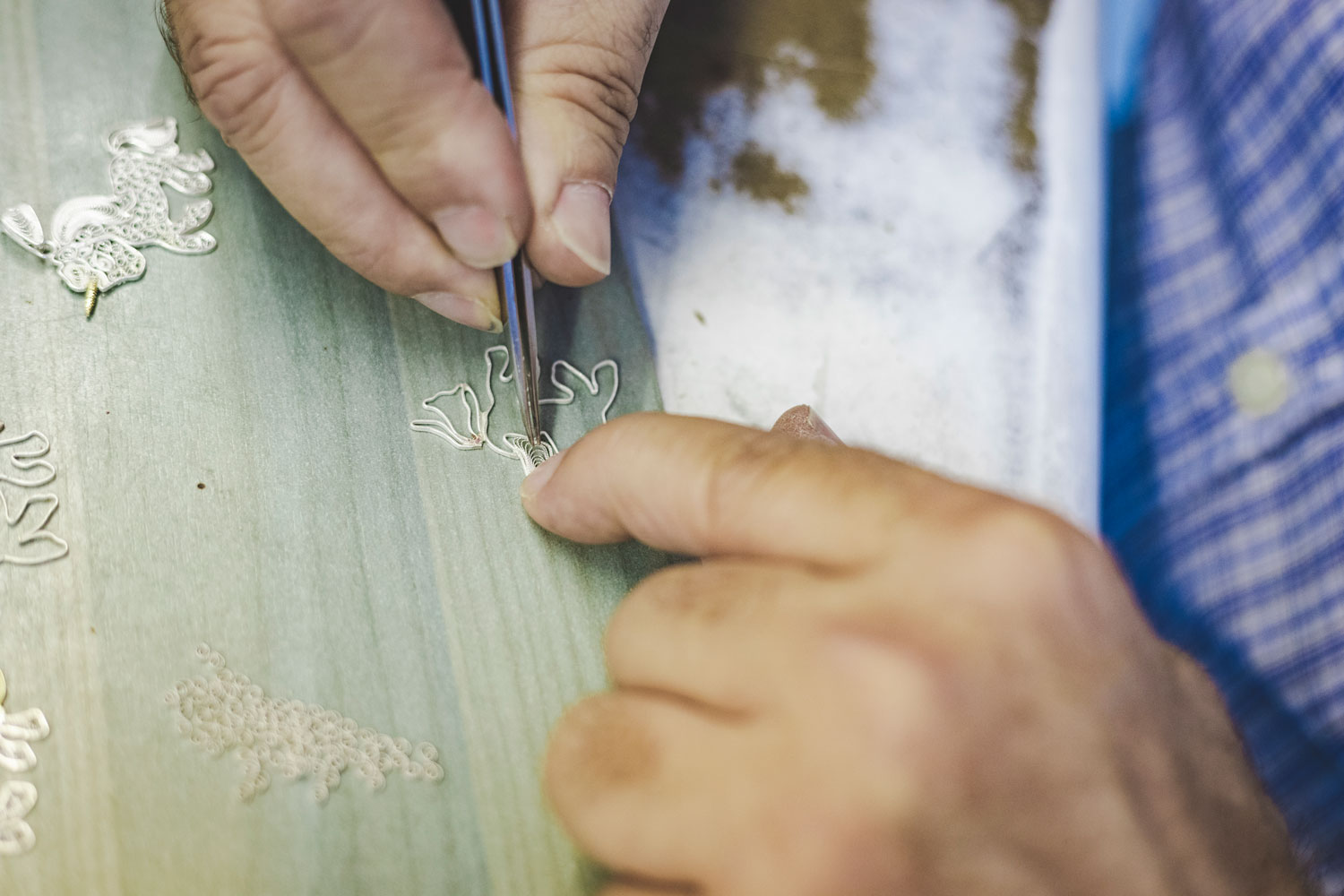
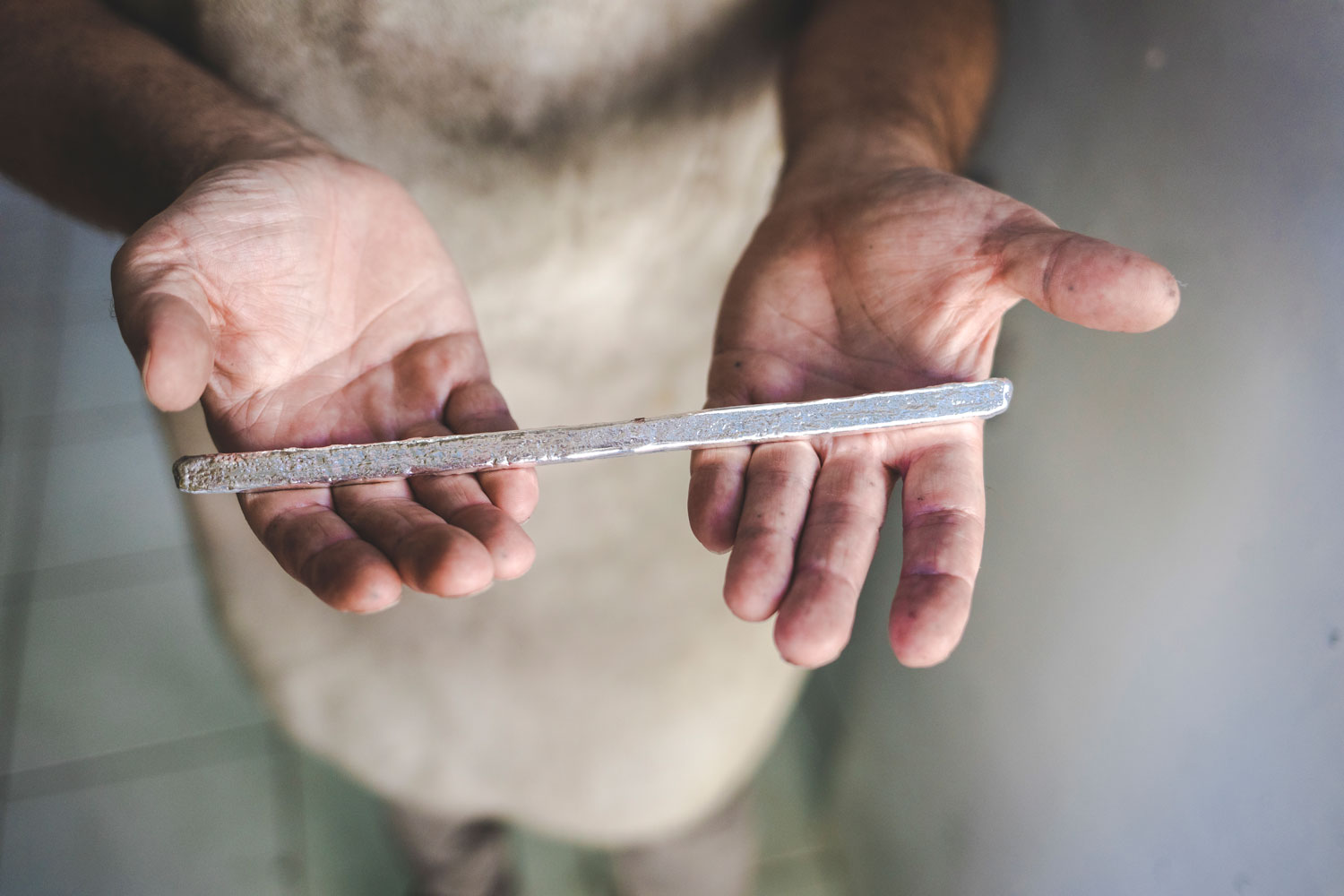
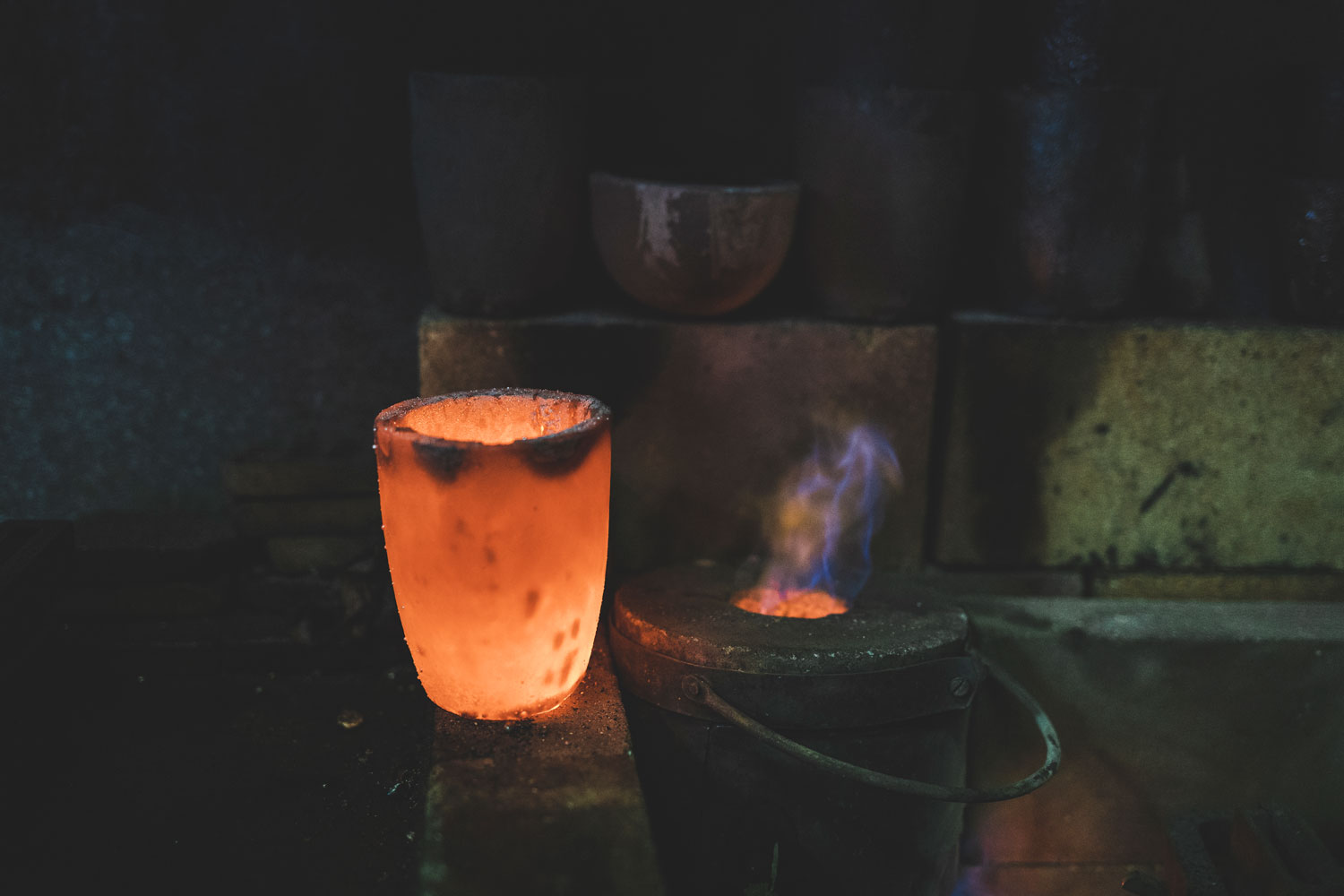






The art of preserving filigree
- Gaetano showcases Maltese filigree craftsmanship internationally
- His first piece of silver filigree was a large butterfly brooch
- He has trained numerous local and foreign apprentices
Few in Malta hold the expertise and knowledge of filigree craftsmanship as Gaetano Saliba, who has been perfecting his skills since he began crafting silver when he was just 17 years old. Inheriting tools and a passion from his father – who himself was a silversmith – Gaetano trained in the art of filigree with some of the few masters that were alive back then, and refined his skills by taking a course at the Malta School of Art. He opened his workshop in 1989, and ever since, he has been working assiduously to preserve this traditional craft, creating unique filigree pieces while attending local and international trade fairs to showcase and share his art with the world. While he re-interprets traditional motifs, inspiration drives him to refine and polish older designs to fit contemporary settings, always remaining true to the values of quality and attention to detail.
Interview

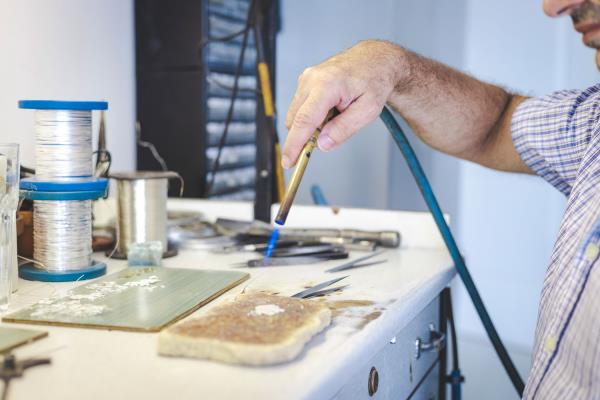
- How do you share your knowledge of filigree?
- I regularly train apprentices, both local and international, and accept students from Finland, Germany, Lithuania and France as part of the Leonardo da Vinci programme. We also provide short courses for groups of interested people organised by various tour agencies.
- What advice would you give to aspiring filigree artisans?
- Realise that starting-up is extremely difficult. You need to invest in plenty of knowledge, capital and time, and the return can take years to be achieved. Nevertheless, the rewards and fulfilment are boundless when the craft is pursued from a place of passion.
- Would you consider your craft a dying art?
- It is certainly in danger of disappearing, as there is a lack of commitment from the local authorities to safeguard this traditional skill, the craftspeople and the consumer. Some of the few people left who are able to craft filigree are outsourcing work to countries outside of Malta, resulting in a ‘skill drain’.
- How is filigree connected to Malta?
- The craft was originally inherited from the Knights of St. John back in the 16th century. They would use the technique to adorn churches with silver filigree candleholders, portrait frames, and religious icons, and since then the craft has been continued by local artisans.
Gaetano Saliba is a master artisan: he began his career in 1983 and he started teaching in 1999
Where
Gaetano Saliba


